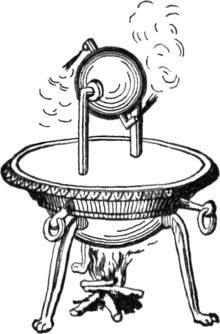Billy, very good points.
My last employed job before taking on the mantle of being self employed again purely so I can offend as many customers as possible, was in a factory that made piano parts, namely keyboards and the actions.
We had many fascinating machines there that worked to very fine tolerances in wood, the max deviation on drilled holes was 1/2 a thou, no not a typo.
Some of these machines dated back to 1890 and were in daily use. The only difference was these not sprouted upwards of 10 motors instead of line shafting although it was still in the building.
Towards the end we had some modern machinery commissioned, part mechanical, part pneumatic, part electronic and all driven by a PLC [ Programmable logic controller ].
These were a total flop. they were slower than the Victorian machines and not as accurate.
I baby sat these for two years trying to fault find them, the main faults on speed were the mechanical ones with 16,845,321 cams performed every move with the minimum of delay. Drills swung into position just missing a saw blade by 100 thou and were drilling before the saw blade was back home.
The modern ones relying on limit switches had to wait for a safe signal before moving and milliseconds were lost at each move, over a day this added up to many parts.
Accuracy was harder to pin point and it took hiring a high speed camera to compare machines.
The cam driven Victorian machines moved each part or tool into position and held it there by the cam pushing onto a backstop.
The new ones relied on air cylinders to push into position and an air clamp to hold the part, tools were pushed onto back stops.
When we saw the film slowed down what was happening was the uncertain acceleration of the cylinders were alloying the part to bounce off the back stop then get clamped in this position, each part being held differently.
Damping down didn’t help much but affected speed even worse. After two years I scrapped these, pulled them to pieces and built new machines with some of the parts.
Basically these were copies of the Victorian machines with certain changes like closed cams instead of open cams so we could run faster, roller cam followers instead of slippers and 24,000 rpm 400 Hz motors for drilling small holes instead of loads of belts and pulleys to get to speed.
The Victorian machines did 19 parts per minute, the PLC machines did 15 and the new cam one did 38 although by looking at the parts you knew which one had come off which machine, the Victorian parts were still a better quality.
John S.
Billy Mills.





